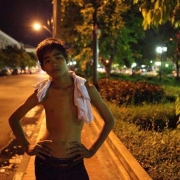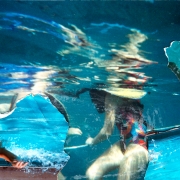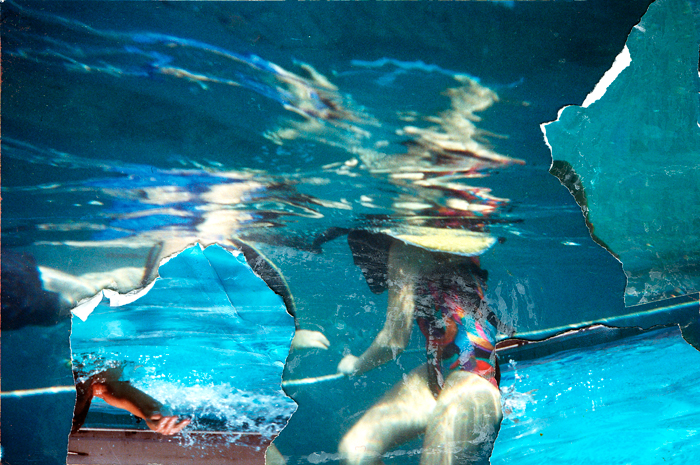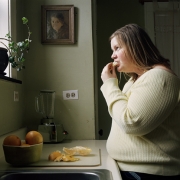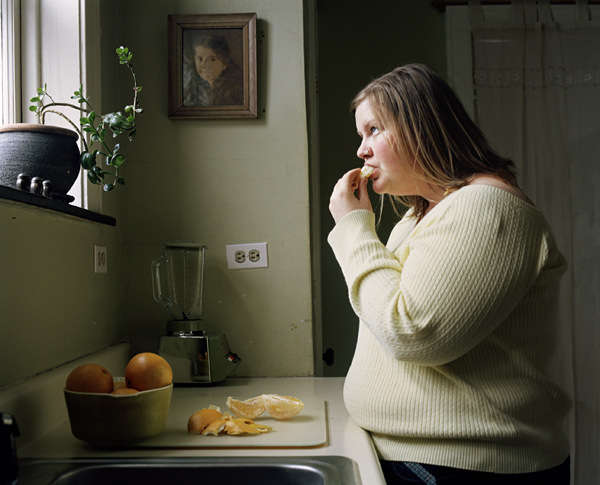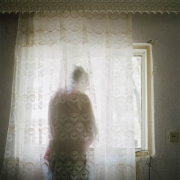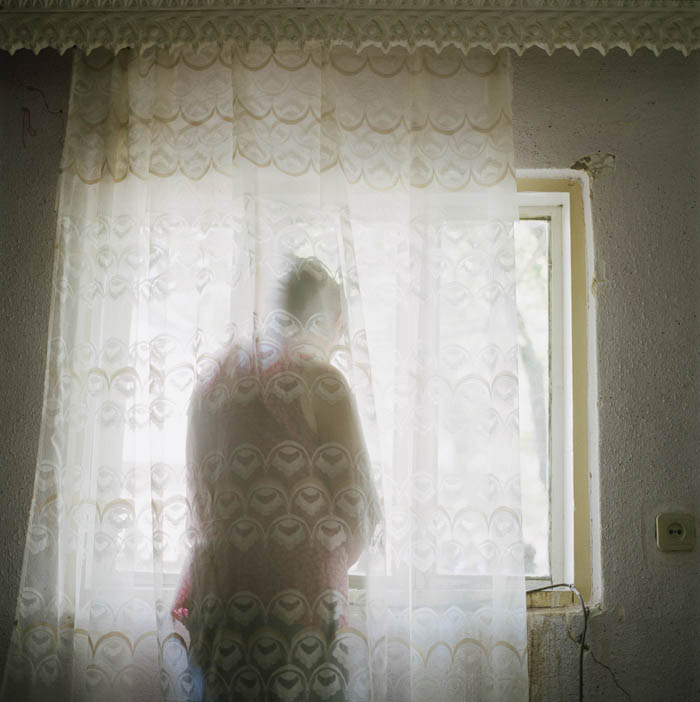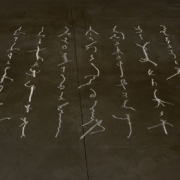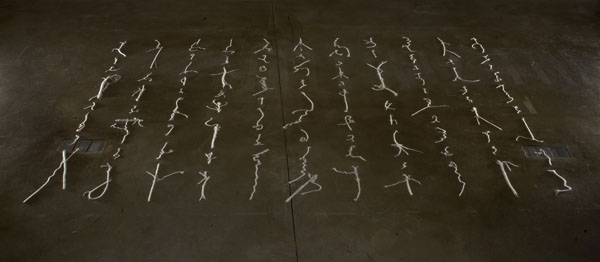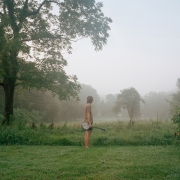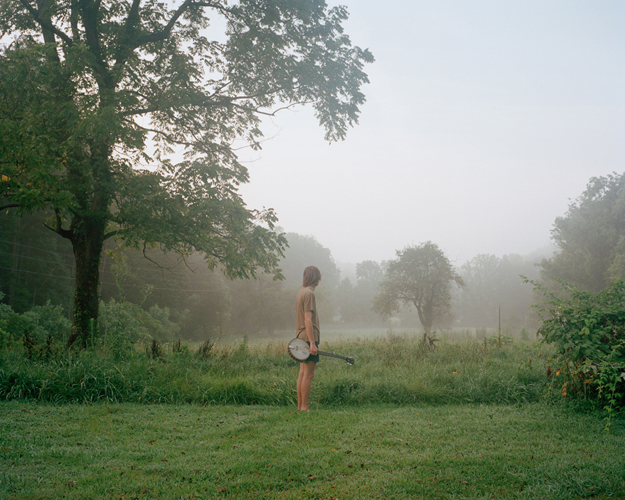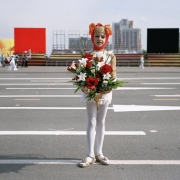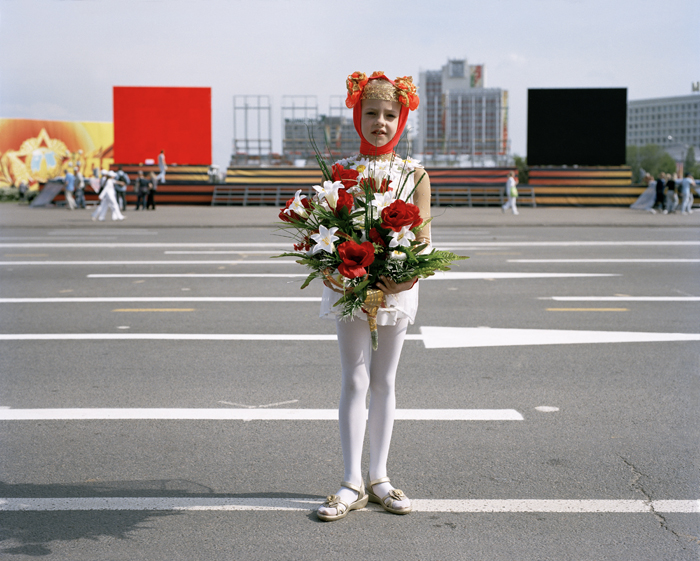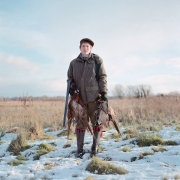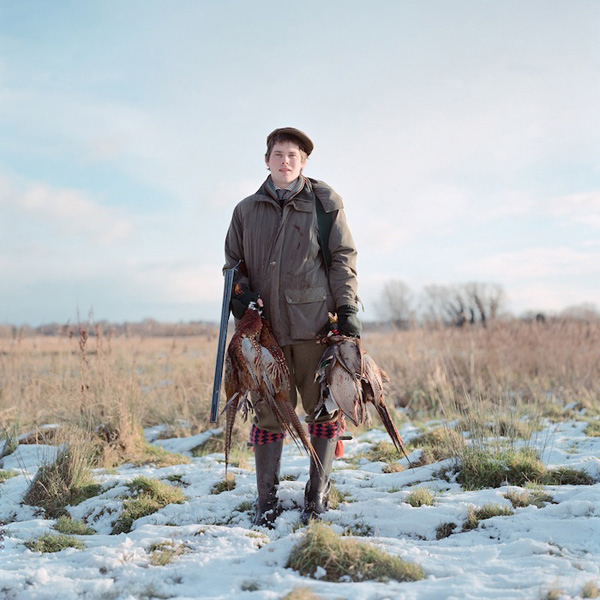Light Work Annual 2012: Ohm Phanphiroj
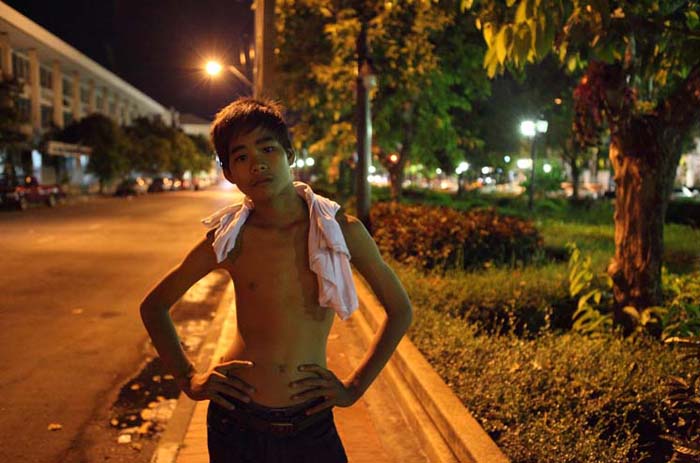
Underage #4, 2010, Ohm Phanphiroj
Ohm Phanphiroj’s recent photographic work focuses on underage prostitution in Bangkok, Southeast Asia’s “City of Angels.” His project Underage draws attention to an overlooked group in the discussion of prostitution in Thailand–local boys…Most of the boys confront the camera from the center of the frame in a stance of little-boy bravado…Some of the subjects turn away from the camera conveying a sense of introspection and sadness. No matter the pose or expression, their youthfulness is haunting.
–Jennifer Pearson Ymashiro, Director of honors and a lecturer in the Department of Art at Miami University Hamilton
Read the rest of the essay in Contact Sheet 167: The Light Work Annual 2012.
Subscribe to Contact Sheet here.

